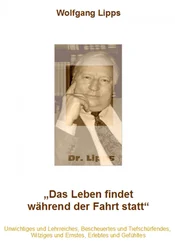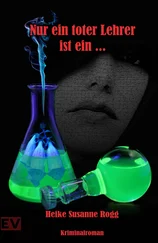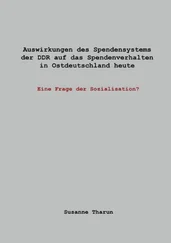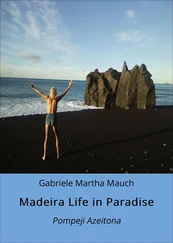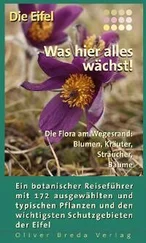Site:
On Madeira you will mainly find Peru-vian Pepper Trees as ornamental plants at the southern coast, up to an altitude of 400 m (440 yd.). They are most frequently culti-vated in the parks and gardens of Funchal; e.g. there are various specimens to be found in the Parque Santa Catarina ( 198).
Interesting to know:
The Peruvian Pepper Tree is not only native to Peru - as implies the denomination - but to all tropical sites in Latin America from Argentina to Mexico. It is not related to the Black Pepper Plant (Piper nigrum), which provides authentic pep-per. The fruits also taste hot but somewhat bit-ter and resinous; in former times they were used to thin down the expensive authentic pepper. The “pink berries” that are on the market today use to be fruits from the Brazilian Pepper Tree (Schinus terebinthifolius). They are toxic in larg-er quantities and should thus be used thriftily.
30
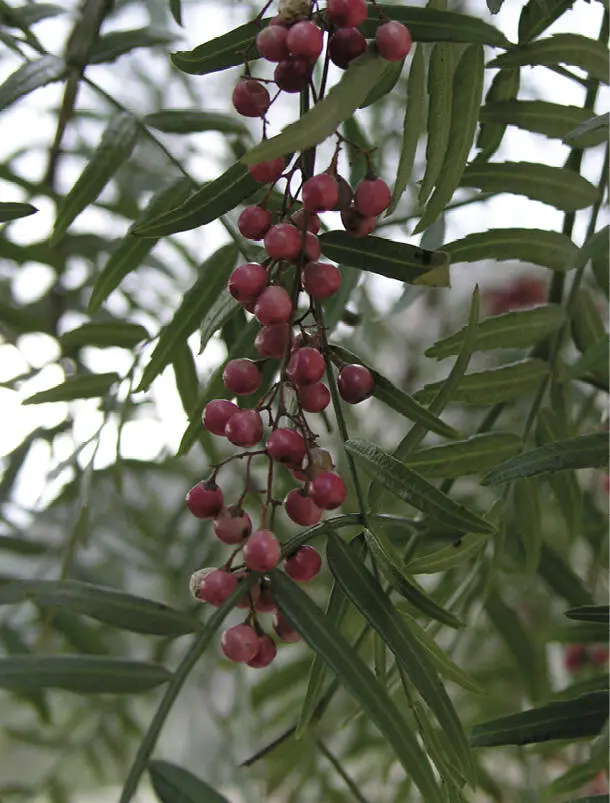
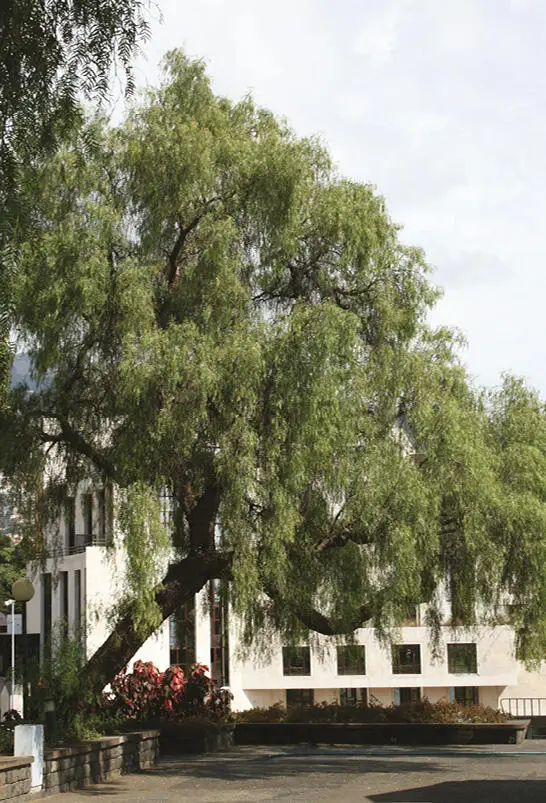


In the Gardens
Tricoloured Frangipani, Tricoloured Temple Tree
Plumeria tricolor
Bloom time
From June to October; single blossoms all year round.
Characteristics
The tree grows up to 6 m (6,5 yd.) tall; first branches emerge shortly above the ground. The gnarled branches contain a milky sap and form a broad crown. The dark green leaves are large and longish. They are shed up during bloom-ing time and leave scars. The flowers are coloured cream-pink or cream-orange.
Site:
The Tricoloured Frangipani grows in parks and gardens in south coast areas up to an altitude of 300 m (330 yd.). In Funchal, beautiful specimens are to be found in the Parque Santa Catarina ( 198)and in the Jardim Municipal ( 198).
Interesting to know:
The Tricoloured Frangipani is indigenous to Mexico and the northern part of South Amer-ica. The wild form has white blossoms with a yellow base. Today the cultivars are mostly grown in tropical Asia. As a symbol of eternal life they are commonly planted in temple areas and on graveyards together with the Singapore Frangipani (Plumeria obtusa). Frangipani was the name of the Italian producer of a popu-lar perfume in the 12th century. It is said that when Europeans discovered the tree centuries later in America, the strong fragrance of the blossoms reminded them of this perfume. On Madeira you can also find the Red Frangipani.
31
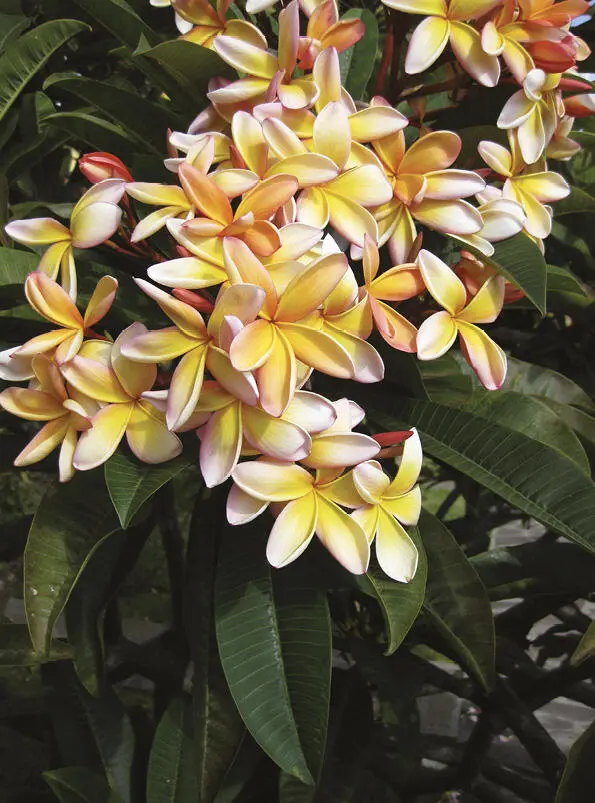
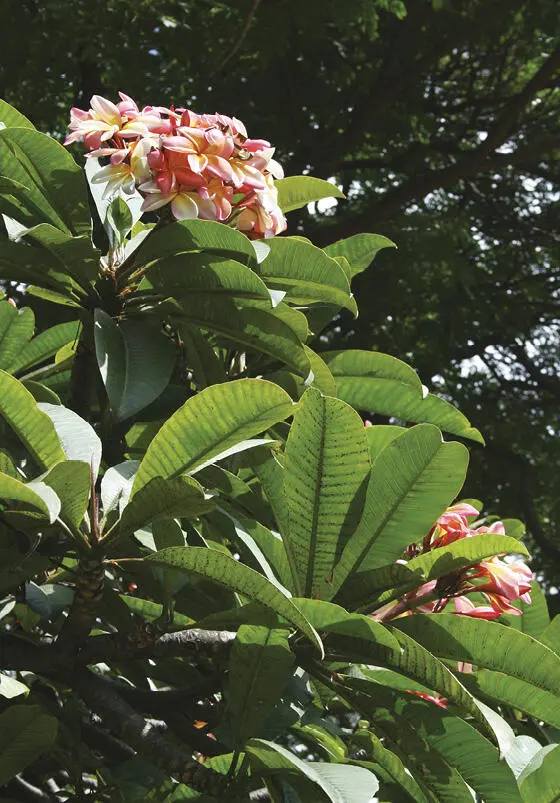


In the Gardens
Purple Orchid Tree,
Camel’s Foot Tree
Bauhinia variegata
Bloom time
From January to April.
Characteristics
On Madeira the tree will not grow more than 4 m (4,5 yd.) tall. It has long, thick twigs and silver leaves that hang on short stalks. They are clearly notched at the tip and give the impression of two leaves having grown into one anoth-er. The single blossoms are 10 cm (4‘‘) broad and colour-ed pink or narrow purple.
Site:
The Purple Orchid Tree is a rare ornamental plant in the gardens and parks of the south. Next to the entrance to the carport of the casino of Funchal you will find a beautiful specimen. Oth-ers are to be seen in the Parque Santa Catarina ( 198)and in the Botanical Garden ( 190).
Interesting to know:
The tree is native to regions from India to South China, mostly to the inclinations of the Him-alayas. Today it is cultivated in many tropical and subtropical countries. Many of the other 300 Bauhinia species are also growing in vari-ous gardens worldwide. They are called orchid trees because of their blossoms. One of each five-crown petals is lip-like enlarged; thus they remind of the orchids belonging to the genus Cattleya. Anyway the orchid trees are not related to the orchids. The botanical name is derived from the researchers Johann and Caspar Bauhin (1541-1613 and 1560-1624).
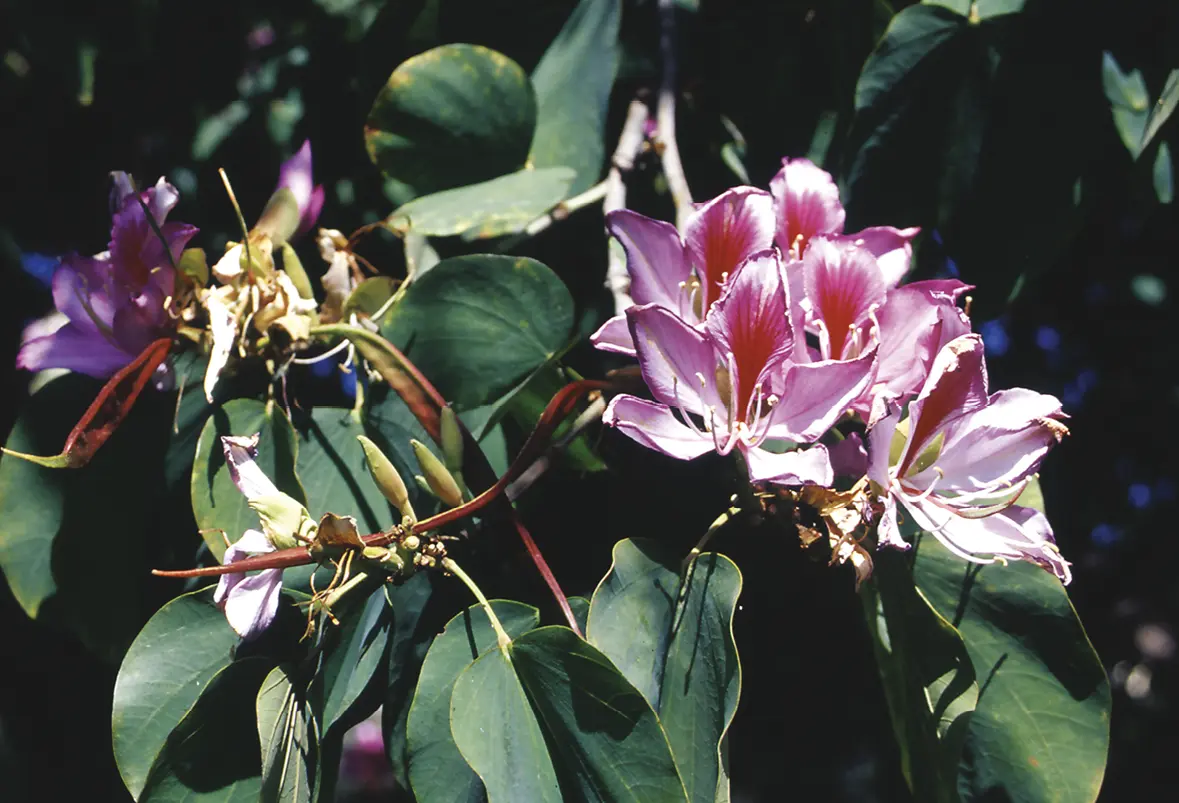
32


In the Gardens
Yellow Angel’s Trumpet,
White Angel’s Trumpet
Brugmansia candida
Bloom time
All year round.
Characteristics
The up to 4 m (4,4 yd.) tall shrub has numerous, trum-pet-like blooms that are up to 20 cm (8‘‘) long. The five petals grow together and form the trumpet’s “neck”. At the verge of the broad opening they run into pointed ends. Young leaves are covered with hairs and slightly serrated, later they become smooth and entire.
Site:
On Madeira you find Angel’s Trumpets in many gardens and parks. They grow in coastal areas and in the south of the Island even up to an alti-tude of 500 m (550 yd.). Beautiful specimens you will find in the park of the Quinta Vigia ( 198), Funchal, and in the Palheiro Gardens ( 191).
Interesting to know:
In former days the plants of the genus Brug-mansia were assigned to the genus Datura (thorn apple). Today only herbal plants with spiny fruits are classified as Daturas. The Angel’s Trumpet is an hybrid of various South American wild species. You may also encounter the Gold-en Angel’s Trumpet (Brugmansia aurea), a simi-lar plant native to the northern Andes that is as well cultivated on Madeira as a garden plant. All parts of Brugmansia plants contain toxic alka-loids. Golden Angel’s Trumpet is said to be espe-cially poisonous. Indian medicine men prepare an intoxicating drink from its leaves and seeds.
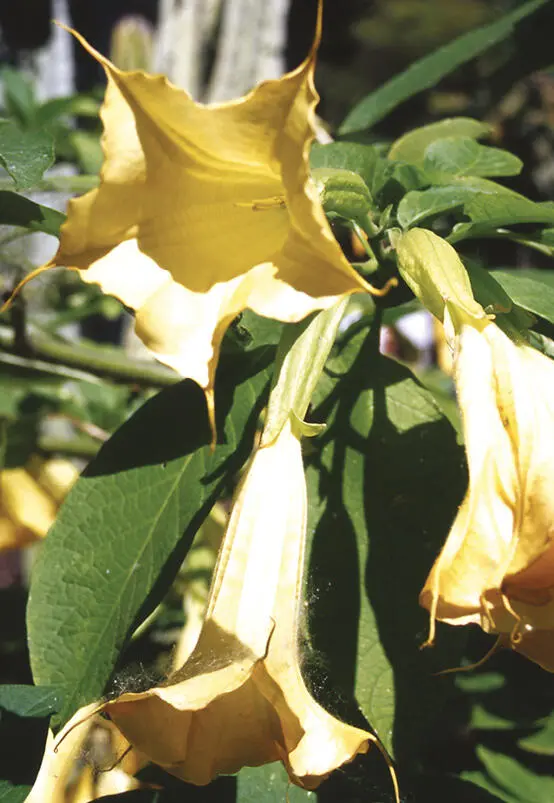
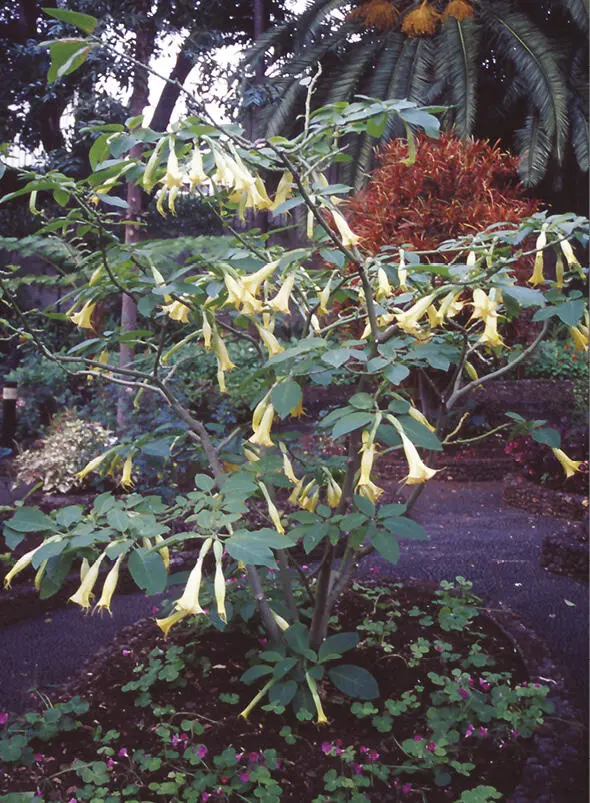
33


In the Gardens
Читать дальше











